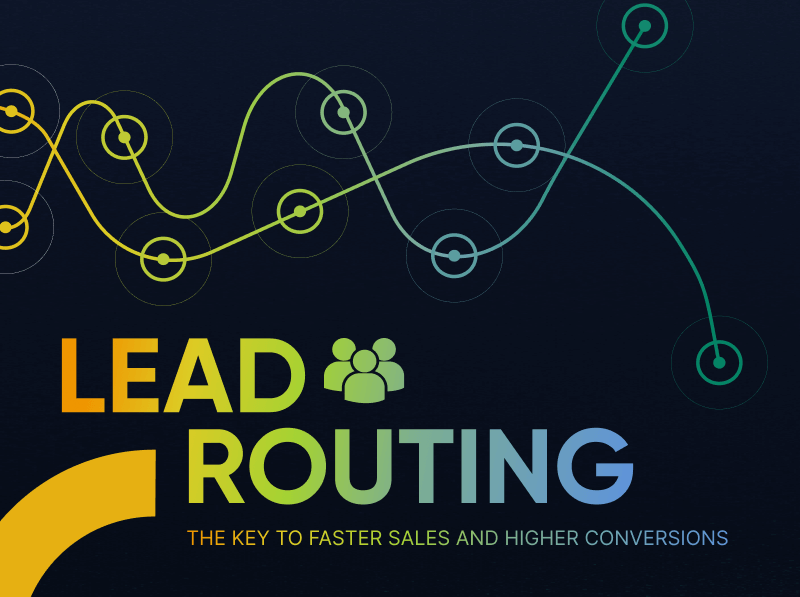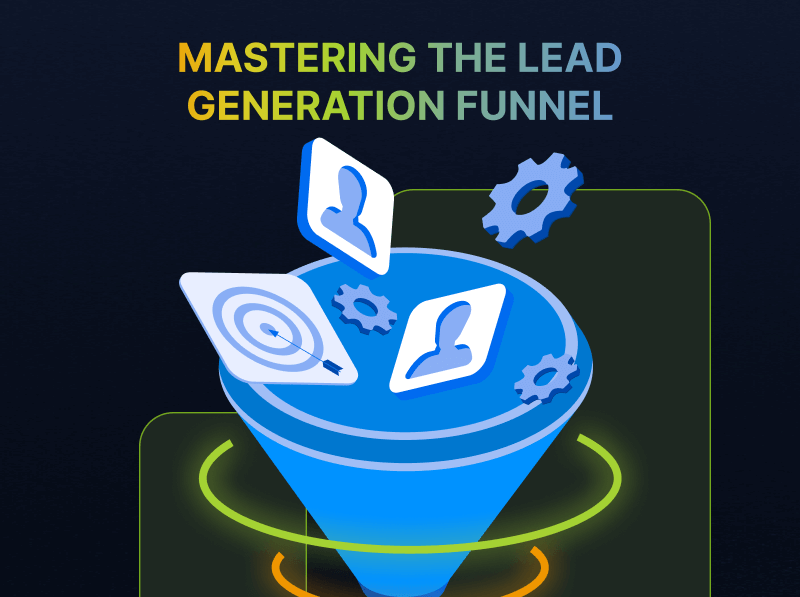Setting Up Your Content Syndication Program for Success
You know how a robust demand program is supposed to work. It should have multiple elements, each of which interacts with the other.
For content syndication (CS), that means knowing its role in the overall program, understanding what the right content is, what your leads should look like, and how to pick the right partners.
You also need to know this: The stakes are high. We’re talking about the revenue lifeblood of your business.
That’s why we created our new comprehensive guide. It’s designed to help you become a maestro of CS, adept designing and integrating CS efforts that amplify the rest of your demand generation program.
Here’s an overview of the first four chapters; they show you how to implement CS that puts your best foot forward.
Chapter 1
The Role of Third-Party Demand Generation & Content Syndication
You’ve checked all the boxes. Your product differentiation is clear. Your message is strong. Your digital marketing is sharp. Your content compelling. And your demand program is generating leads.
But you’re just not tracking to your pipeline target.
The problem is clear. You need high-quality leads, and more of them, to satisfy sales. But your budget’s not infinite.
That’s why you turn to content syndication (CS). CS extends your reach. It finds the contacts at your ideal customer profile organizations who haven’t been exposed to your brand. Most important: It identifies the high-quality buyers who are open to your message.
In this first chapter, we show how CS supports your revenue targets and reinforces marketing efforts up and down the funnel.
Chapter 2
Targeting: Identifying the Right Audience
This should be easy. To define the types of leads you need from your demand-generation program, you profile your customers. You identify buyer behaviors that show readiness.
The problem is, you end up chasing the same buyers over and over again. And to make matters worse, your competitors are out there making noise for those buyers.
So, what do you do as your lead volume starts to diminish? Are you supposed to redefine your customer?
Well, the truth is: you can usually get more creative with targeting than you thought.
There are a range of tools and systems you can use to guide your targeting. They help ensure you have a steady stream of engaged contacts at the right types of companies.
We cover the details in the second chapter of our comprehensive guide to content syndication.
Chapter 3
Provocative, Compelling, Relevant, Contextual Content
Today more than ever before, buyers are exposed to a flood of information. Everywhere they turn, they get messages and offers. You have to break through the clutter, attract buyers to your orbit and move them toward your product.
Once your buyer’s eye has caught your message, you have to seize the moment. You need to be compelling. You need the right types and formats of content. You need the right number of assets.
In this chapter of our comprehensive guide to content syndication, we offer the practical and actionable ways to excel at selecting and curating your content.
Chapter 4
Selecting the Right Provider and Sources
How many types of CS providers can there be? The labels are seemingly endless; there are lead providers, lead sources, publishers, media partners, database providers, and more. But peel back these labels, and you see they’re pretty similar. They all connect your brand to buyers by placing your message and content in the right environments and inducing buyers to opt in.
To effectively evaluate potential CS partners, you need to dig deeper. And to do that, you need to know what to ask a CS provider. You need to know how to measure their capabilities against the needs of your program.
In this chapter, we offer the ideas and tools––from the latest CS options to a CS partner evaluation check list––to help you find the right providers.









